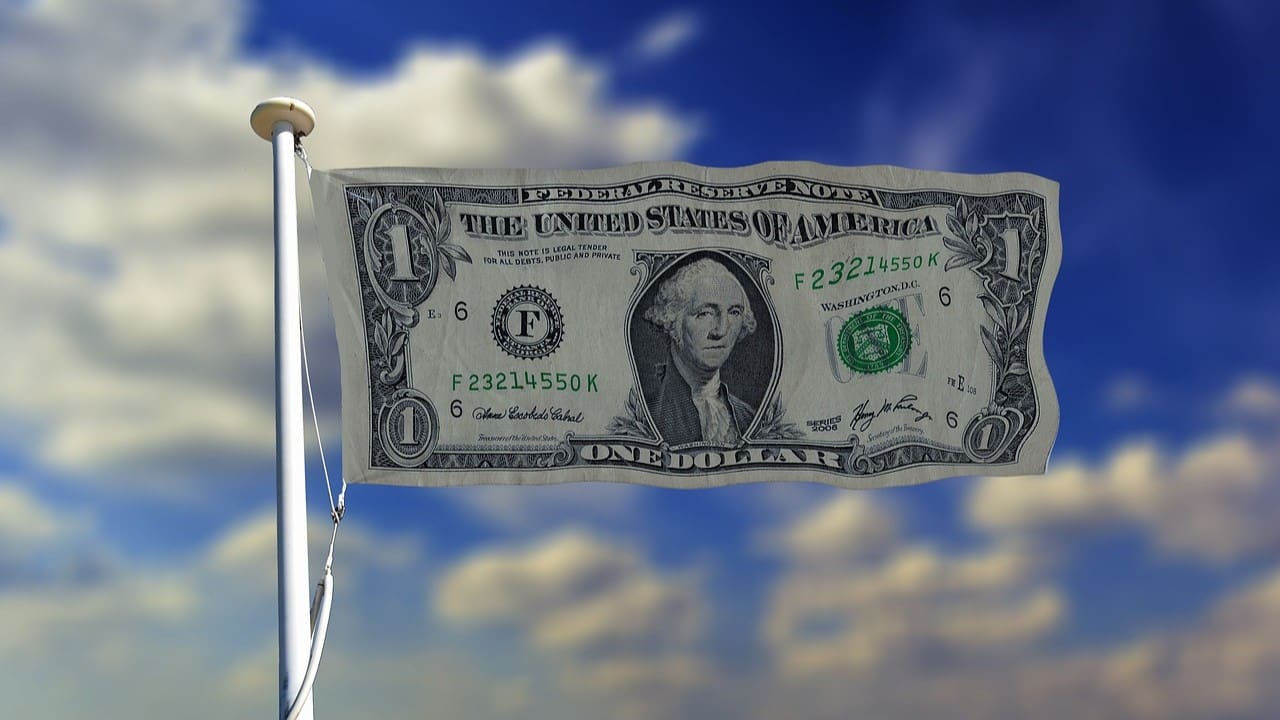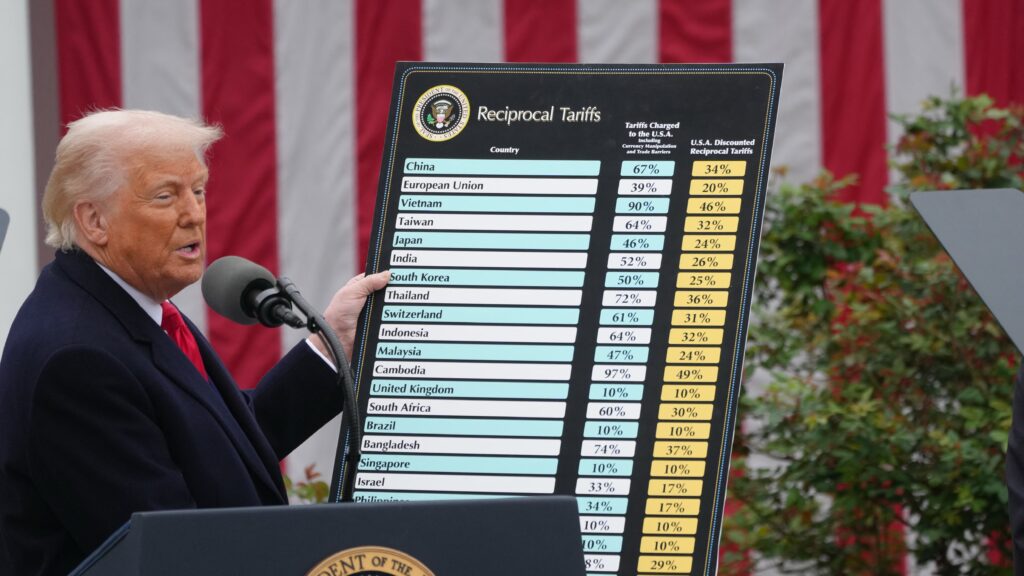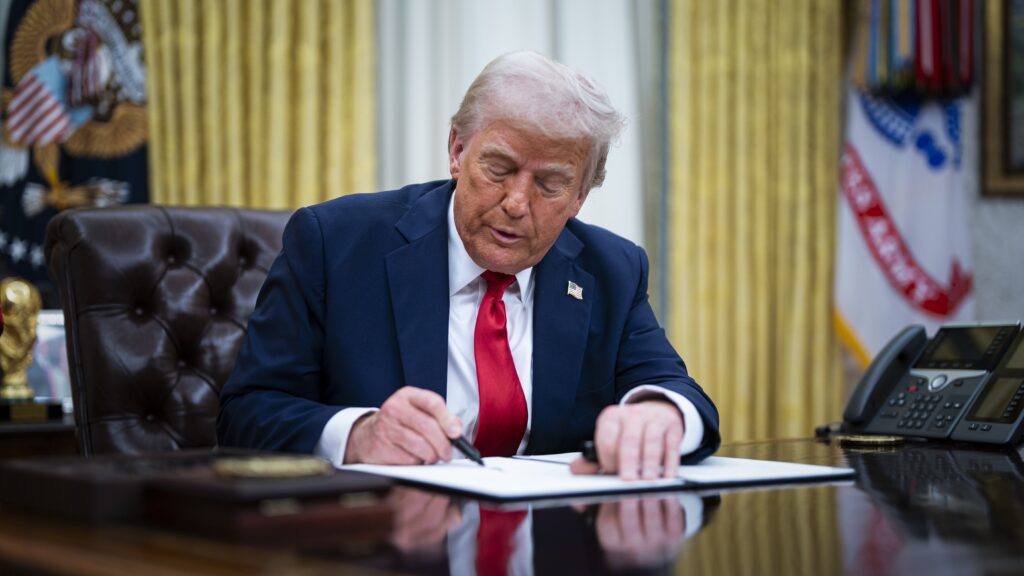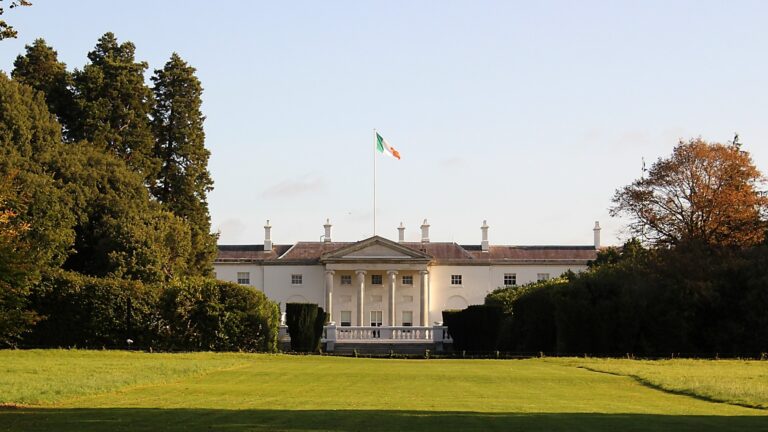A couple of weeks ago there were various reports on social media pointing to the eventual demise of the petrodollar and, subsequently, the imminent end to the United States Dollar’s (USD) global dominance. The on-line postings referred to a fifty-year-old agreement between the US and Saudi Arabia that had expired early this month. First, no such formal agreement ever existed, specifically that the kingdom conducts all its oil transactions in USD—the closest thing to a petrodollar deal was a secret deal between the US and Saudi Arabia reached in late 1974, which promised military aid and equipment in exchange for the Saudis to invest billions of dollars of its oil-sale proceeds in the US Treasury.
Similar apocalyptic omens, which were more than publicity stunts if anything, were given last year, such as the one by Breitbart economics editor John Carney, who warned that the USD had become so feeble that it could seriously threaten America’s crucial influence on the world stage.
Other antagonists referred to either the Chinese currency outpacing the USD or BRICS—an intergovernmental organization comprising Brazil, Russia, India, China, and South Africa that aims to create greater economic and geopolitical integration and coordination among member states—doing so. In fact, China’s yuan has little to no chance of dethroning the American dollar, and BIRCS have even less, considering that they do not even have a common currency. It rather seems that the USD has just become even more dominant; as Senior Fellow at the Brookings Institution Eswar Prasad opined, the American dollar is ‘king’ of all world currencies.
How Did the USD Become King of All Currencies?
In truth, the American dollar has been that way since the end of World War II at the Bretton Woods Conference, in which forty-four countries consented to the creation of the he International Monetary Fund (IMF) and the World Bank. At Bretton Woods, a system of exchange rates was created wherein each country pegged the value of its currency to the dollar, which itself was convertible to gold at the rate of 35 USD per ounce. This was designed to provide stability. By the 1960s, however, the US did not have enough gold to cover the dollars in circulation outside the country. After unsuccessful attempts to salvage the system, President Richard Nixon suspended the dollar’s convertibility to gold in 1971, marking the beginning of the end of the Bretton Woods exchange rate system. Two years later, the current system of mostly floating exchange rates was in place.
This led to the petrodollar, that is, crude oil export revenues denominated in US dollars. Petrodollars are not a distinct currency; they are simply USDs accepted as payment by an oil exporter, which is then deposited in Western banks. For example, any nation that wishes to buy oil from Saudi Arabia or any members of OPEC (Organization of the Petroleum Exporting Countries) can only do so in USD. This requires each country to convert its own currency into USD in order for the purchase to materialize.
There are other factors that contribute to the USD’s global dominance,
like its stable value, the size of the US economy, and America’s geopolitical weight.
In addition, no other country has a market for its debt akin to that of the US, which totals to an approximate $22.5 trillion.
The American dollar remains on top in part because of the size and dynamic of the US economy in comparison to other major economies. And, despite the fact that US institutions have been eroding away, those in other parts of the world are in no better shape. In addition, ‘economic and geopolitical turmoil’, Prasad says, ‘serves only to intensify the quest for safe investments, usually leading investors back to the dollar, which remains the most trusted currency. The United States’ financial markets are much larger than those of other countries, making dollar assets easier and cheaper to buy and sell’. In other words, it goes far beyond the petrodollar.
If we look, for example, at a scenario where a Brazilian farmer sells soybeans to a Japanese condiments company, it is quite probable that the Japanese firm would have Brazil’s currency on hand to pay the farmer, just as the Brazilian would not want to accept Japanese yen in exchange for his soybeans. The USD thus becomes an intermediary to convert the Japanese yen into American dollars. Subsequently, the company purchases the soybeans with the USD and then have the producer convert those dollars into their local currency.
Indeed, according to estimates from the Federal Reserve, between 1999 and 2019 the USD accounted for 96 per cent of international trade transactions in the Americas, 74 per cent in Asia, and 79 per cent in the rest of the world. Globally, banks used American dollars for nearly 60 per cent of their non-domestic deposits and loans. And in today’s foreign exchange, the USD is on one side of almost 90 per cent of all transactions.
The Value of the USD as a Reserve Currency
The substantial reason of the USD’s global dominance is that it remains as the most reliable reserve currency, ie foreign currency held by central banks. When a country acquires reserves, it does not place it in general circulation, but rather keeps it for various reasons, such as to pay for imports, service debts, and moderate the value of their own currencies. Many countries are unable to borrow money or pay for foreign goods in their currencies since this is primarily done with the USD. Holding unto the reserves, vis-à-vis American dollars guarantees a steady supply of imports during a crisis, simultaneously assuring creditors that debt payments in foreign currency can be met.
The IMF, the body responsible for monitoring the international monetary system, recognizes eight major reserve currencies: the Australian dollar, the British pound, the Canadian dollar, the Chinese renminbi, the euro, the Japanese yen, the Swiss franc, and the US dollar, it being the most commonly held, making up 59 per cent of global foreign exchange reserves.
When firms or governments in developing countries try to raise money in those markets, they are reluctantly coerced to borrow in foreign currencies—this is due to lack of confidence by foreign investors in the value of those countries’ domestic currencies who prefer to be repaid in American dollars. Even many European companies and banks prefer to raise capital in USD because its profusion makes the process cheaper and easier.
It is true that the rise of inflation and the effects of economic sanctions against the Russian Federation because of its invasion of Ukraine have raised concerns about the American dollar. Nonetheless, as stated by former staff economist at the US Department of the Treasury Brad W Sister:
‘It’s hard to compete with the dollar if you don’t have a market analogous to the [US] treasury market.’
In the end, the USD’s centrality to the system of global payments also increases the power of sanctions it imposes on other countries or individuals. In truth, since almost all trade is done in American dollars, even trade among other countries, they can always be subject to US sanctions because they are handled by so-called correspondent banks with accounts at the Federal Reserve. By cutting off the ability to transact in USD, Washington can make it uncomfortable for those it blacklists to do business.
To be sure, de-dollarization is still happening, but just at a very slow pace. As delineated by GlobalData TS Lombard’s Skylar Montgomery, the de-dollarization in global currency reserves has dropped from 72 per cent in 2000 to 59 percent today.
‘A decrease of less than 1 per cent a year is extremely slow-moving and the USD still makes up the majority of currency reserves,’ Montgomery observed. While the euro, British pound, Canadian dollar, Chinese yuan, and Australian dollar have benefited, ironically this also is one of the main reasons why the USD will continue to reign supreme.
Not one single currency has emerged as a clear potential replacement to the USD, and do not expect one to do so in the immediate future or even in the long run.
Read more:








